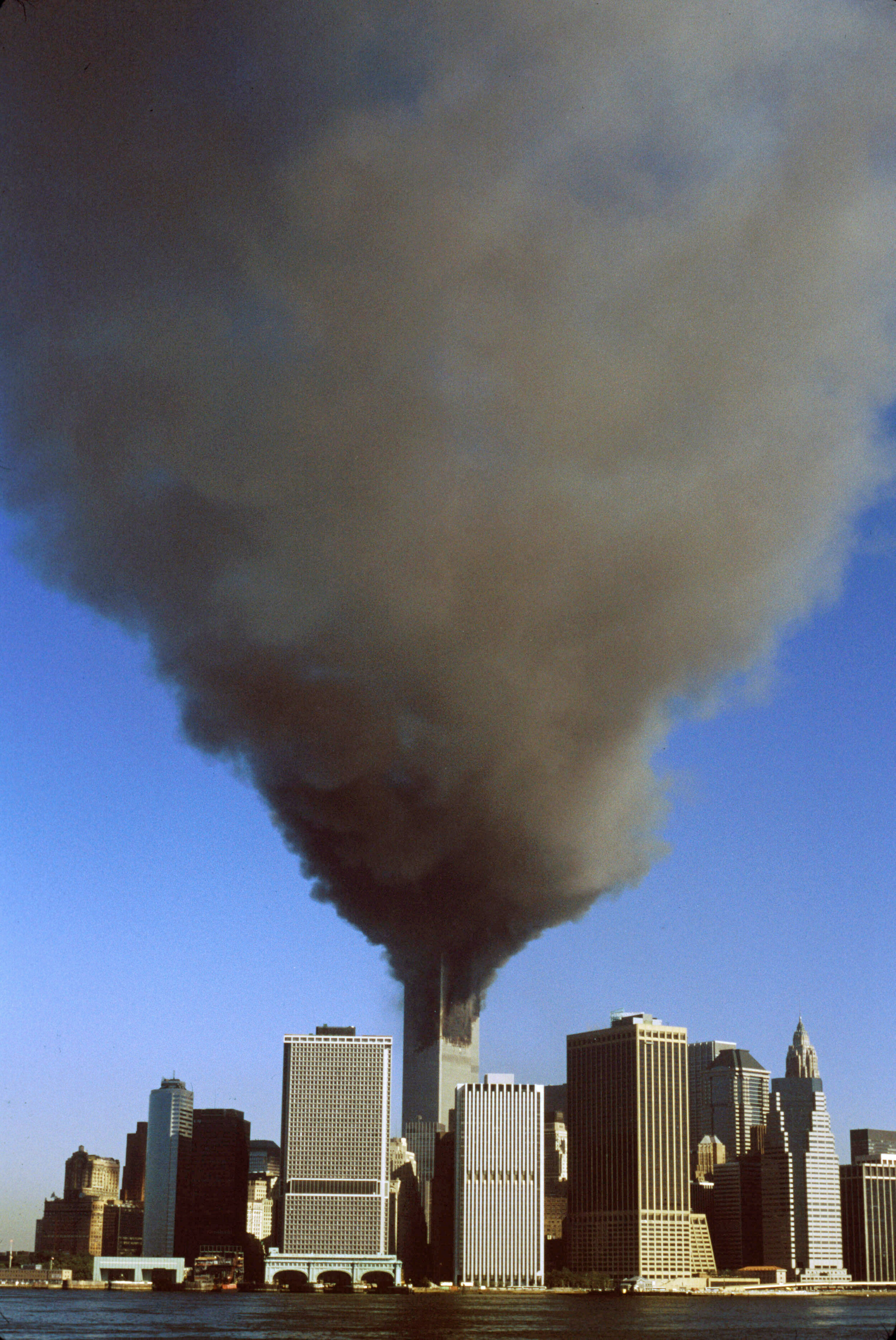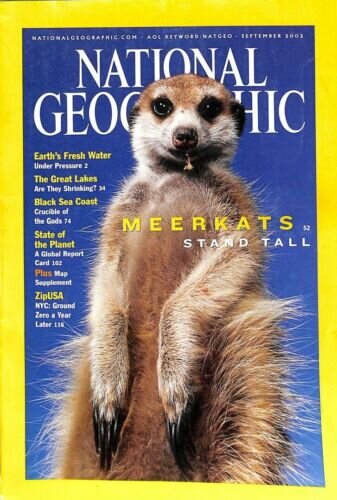 Tuesday, 1/23/07
Tuesday, 1/23/07 0550 The alarm goes off. I fire up the potbelly, starting it with pages from a girlie calendar Scott found last night. Could this work like a mariner’s carbon dating system? Will it pinpoint when the Whalen went out of service? The calendar is a 1993, folded open to August. Future research will tell.
 0735 Steve Gronda, the chemist arrives, fully two hours before Ernie expected him. He is tailed by Ivan, in yellow hard hat, one of GMD’s safety officers. Steve’s job is to certify the boat for hotwork, meaning he’ll measure all the compartments for the presence of gas that could lead to fire or explosions during welding or burning. This process has to be done every time a boat moves or a compartment is sealed and re-opened. The local marine industry is a small world; Steve tested the Whalen last spring before I bought her. He is a precise man who moves rapidly through the compartments with little chatter, squeezing himself into the smallest spaces including the narrow fuel tank/coffer dam just forward of the house.
0735 Steve Gronda, the chemist arrives, fully two hours before Ernie expected him. He is tailed by Ivan, in yellow hard hat, one of GMD’s safety officers. Steve’s job is to certify the boat for hotwork, meaning he’ll measure all the compartments for the presence of gas that could lead to fire or explosions during welding or burning. This process has to be done every time a boat moves or a compartment is sealed and re-opened. The local marine industry is a small world; Steve tested the Whalen last spring before I bought her. He is a precise man who moves rapidly through the compartments with little chatter, squeezing himself into the smallest spaces including the narrow fuel tank/coffer dam just forward of the house.
Upon entering the engine room, he commands “turn the light off! Yes, you have a leak.” He’s spotted daylight around a through-hull pipe high on the starboard side. With that my eyes scan the space, I spot a larger chunk of daylight on the port side. I never noticed them before, likely because lights were always on and, with the boat in the water, less daylight hit the hull at that point. Both openings are so high above the waterline, we won’t fix them in the shipyard. We’ll do that back in Red Hook on our own to cut costs.
We chat briefly in the galley, and he mutters, as he did last year, about the city rezoning the waterfront. The marine industry is squeezed for space.
0820 He’s done measuring all sixteen spaces and adjourns to his car to write up the report. All clear. We’re free to do hotwork except near the fuel tank/coffer dam that still carries fuel. Even the fuel tank under the galley, black with dessicated fuel and exhaling stale diesel when open, is OK for hotwork. After a slow weekend of waiting and pumping, things are moving along!
0900 Celia Cacace, the straight-talking mother hen of Carroll Gardens, calls to report that the Daily News has done a full page on our trip to the Navy Yard. I hope that helps us find more ex-crew for the Mary Whalen Alumni Association, volunteers, and please, some investors and donors.
 Thanks to last night’s blasting, the state of the steel will be clear to see. Boyfriend and Steelmeister John Gladsky is back to study it, and surveyor Charlie Deroko arrives at 1100 to return to areas with suspected problems to audio gauge. Both scour the boat, me in tow asking questions and learning. Hours are spent staring up at the bottom and marking the hull with soapstone.
Thanks to last night’s blasting, the state of the steel will be clear to see. Boyfriend and Steelmeister John Gladsky is back to study it, and surveyor Charlie Deroko arrives at 1100 to return to areas with suspected problems to audio gauge. Both scour the boat, me in tow asking questions and learning. Hours are spent staring up at the bottom and marking the hull with soapstone.
I knew John was serious about me when he gave me my first soapstone “keep this in your mouse pocket.” He wanted his woman to be able to assess steel, and sometimes this haulout feels like a long awaited chance for him to teach me his steelcraft. I’ve gone out with a number of men who thought they wanted a strong woman, but it wasn’t until John, a craggy old salt, that a found a fellow who really likes and accepts my workaholic tomboy self, “a tough chick and a marinized one,” as he often puts it. But back to the steel.
Boats are unlike houses; the ship’s skin has to be completely tight and perfect. A ship can be undermined by an aperture the diameter of a pencil. We scan all 172 feet of the Whalen looking for the smallest cracks and failures in the steel. Old welds are inspected to make sure they are holding. If they have little bubbles, like an Aero chocolate bar, that’s electrolytic damage that calls for re-welding.
John and I discuss two hollows on her starboard quarter (right back end) that look as if huge potatoes were pressed into the hull. That’s where she must have run up onto some rocks. A sharp V in one potato indicates a course running up on the rocks and then reversing to get off. Is this how her propeller became “the tulip?” Is this how the drive shaft was scored? No repairs were done here and the scrape marks are still sharp, so this is likely relatively recent damage.
 The bow steel caves in around the vertical frames, pressure from pushing through ice I theorize. Near the starboard bow, John and I follow two parallel indentations. This is where she hit something steel-- clang, clang, clang -- with sharp edges, and she, or it, bounced down the hull a good 20 feet. A buoy? There is even the vestige of a zinc or two, after 16 years. Amazing! They should be replaced every 5 years.
The bow steel caves in around the vertical frames, pressure from pushing through ice I theorize. Near the starboard bow, John and I follow two parallel indentations. This is where she hit something steel-- clang, clang, clang -- with sharp edges, and she, or it, bounced down the hull a good 20 feet. A buoy? There is even the vestige of a zinc or two, after 16 years. Amazing! They should be replaced every 5 years.
We can see two forms of repairs “inserts” and “doublers” the former more expensive to do. A row of little nubbins perpendicular to a weld line shows where wedges held up a replacement piece of plate. Pockmocks mean it is older steel, smoother means newer. One can literally read the bottom and assemble a history of wear, damage, and replacement.
On the ride to the Navy Yard, former Mate Bill McGee told me that Eklof put a lot of steel on the bottom in one of her last haul outs, they almost didn’t do it, it was so much steel. That was maybe 1988. This saved her. We can see it all along the port side near the turn of the bilge, and along the keel. This is what gave Charlie such good audiogauge readings last year. He was wondering how the 1938 steel had wasted so little. Older steel is  better quality he knew, but the answer was that the bottom was hardly 1938 steel. Rick Falcinelli, at K-SEA (the successor company to Eklof) used to be a Mate on the Whalen when she delivered fuel up the Gowanus Canal. He told me that they were aground most of the time there. The Whalen essentially dredged the Gowanus. No wonder the steel up forward and along the keel was worn thin!
better quality he knew, but the answer was that the bottom was hardly 1938 steel. Rick Falcinelli, at K-SEA (the successor company to Eklof) used to be a Mate on the Whalen when she delivered fuel up the Gowanus Canal. He told me that they were aground most of the time there. The Whalen essentially dredged the Gowanus. No wonder the steel up forward and along the keel was worn thin!
We find some things that even steel wizards like Gladsky and Charlie can’t explain. What are those very wasted long steel straps near the stern? Why are there bolt-on zincs toward the stern and weldable zincs everywhere else?
Charlie, ever concerned with accuracy, takes a moment to correct one of my blog posts. No, K-Y was not being used when he took readings. “That will do in a pinch, but that’s not what I’m using.” I’d seen K-Y in the rented audiogauge kit last year, and thought it was the standard goop. Oops.
The race is on to study the bottom; uncoated steel rusts speedily and if rusted, won’t hold the paint. GMD paints and sandblast, at night, because the neighboring tenants in the Navy Yard don’t like their cars getting dirtied. It’s not the Navy Yard of old where it was all about shipbuilding. The primer smell will be powerful and wretched, and I don’t want to sleep in fumes. I decamp again to the apartment of our museum designer Tim Ventimiglia. There, the internet connection really works, and I’m able to upload a few blog posts. I bang away at the keyboard til after midnight.

















